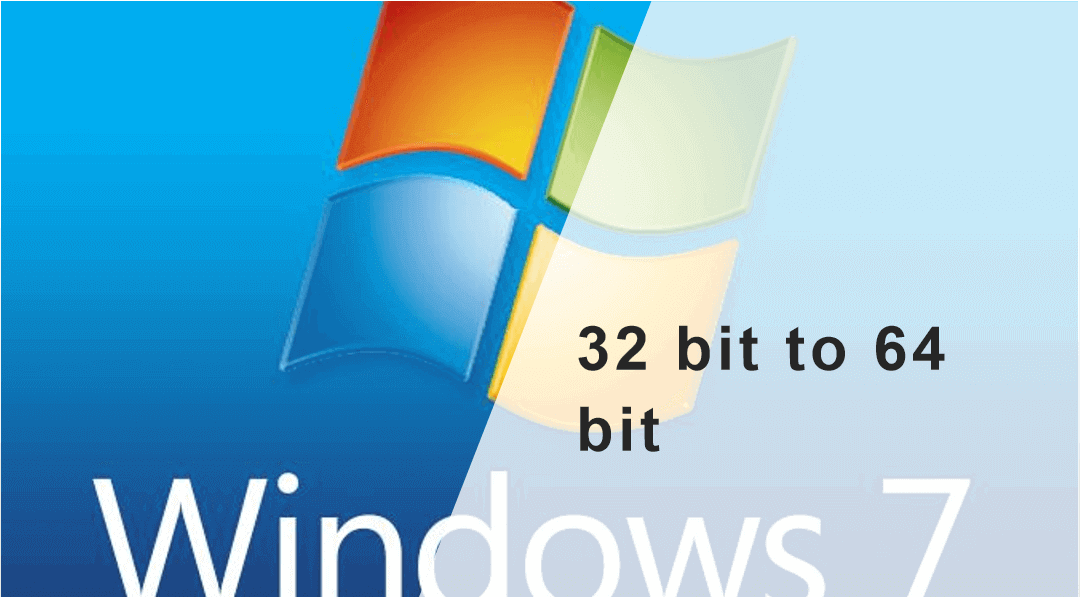
Whether you want to make your Windows 7 64 bit bootable or you want to upgrade to the 64 bit version, there are many ways to do this. But, you need to make sure that you follow the correct steps in order to ensure that you get the best results.
Create bootable media
Creating bootable media for Windows 7 is simple. But it does require a little knowledge. Once you know how, you’ll be ready to install Windows from a USB drive.
Before you begin, you’ll need a USB drive that is at least 4 GB in size. You’ll also need a Windows 7 ISO file. You can download the file from Microsoft’s ISO download site. The file should be about 3 to 5 gigabytes in size depending on your version.
Once you have the Windows 7 ISO file and USB drive, you’re ready to create bootable media for Windows 7. In order to do this, you’ll need to download and install a third-party tool.
There are several options to choose from. One is Easy USB Creator 2.0. This software will write an ISO image to a USB drive. It supports USB 2.0 and 3.0. You can also use the Windows Installation Media Creation Tool. This tool will create a bootable Windows 7 USB drive from a Windows 7 installation disc.
Upgrade from 32-bit to 64-bit
Those who are considering upgrading from 32-bit to 64-bit for Windows 7 have to be aware of a few things. The upgrade process will require a clean install and will inevitably erase your data. This is a good time to make a backup of your files. You will also need to check your PC’s hardware for compatibility.
In addition to hardware compatibility, there are some other important factors to consider. These include CPU and driver support. Some of the more modern hardware is built for 64-bit platforms, while older components may not be compatible. You also need to ensure that the software you are installing is compatible with your processor.
The upgrade process can be done in one of two ways. You can either download the files needed for the upgrade from Microsoft or the other option is to use the Windows Store. Once you’ve downloaded the necessary files, you can use the installation media to install the program.
Make it bootable Windows 7 64 Bit
Creating a bootable version of Windows 7 is a very helpful tool. But to be able to use the tool, you will need to have a bootable USB drive.
To create a bootable USB drive for Windows 7, you need special software. Some of the ISO to USB tools are available for free. But in order to make the process of creating a bootable Windows 7 USB drive as easy as possible, Microsoft has developed a tool. This tool is called the Windows USB/DVD Download Tool.
To use the tool, you need to have a USB drive with at least 4GB of storage. You will also need a Windows 7 ISO file. This file can be downloaded from the official Microsoft website.
The tool will then scan the Windows 7 ISO file and will extract the contents of the file to a bootable USB drive. The tool also has a number of settings which autofill according to the file it has been given. The settings include the name of the bootable media, whether it is an ISO or DVD, whether it is a 64-bit or 32-bit version, and the location of the ISO file on the USB drive.
Upgrade from Home Basic to Ultimate
Getting an upgrade from Windows 7 Home Basic to Ultimate can be confusing. There are so many options, and Windows 7 has a few different versions. It’s important to figure out what version you want to upgrade to before you begin.
Home Basic is a cheaper option for smaller PCs. However, it has a Windows Standard user interface with some Aero features. It lacks some features such as Windows Media Center, MPEG-2 decoders, domain join, and location aware printing.
Windows 7 Home Premium is a popular choice. It has more features than the Home Basic version. It includes Windows SideShow, Windows Mobility Center, and capacitive touchscreen support. It can address up to 16 GB of RAM. It also has some advanced features such as the Tablet PC Input Panel, and Windows Touch features.
Security risks
Despite being out of support, Windows 7 remains a popular operating system. However, it is still best to avoid the security risks associated with using an older version of Windows.
Windows 7 is no longer being supported by Microsoft, so there is no guarantee that you will be able to receive security updates. This means that you are running an outdated operating system and you are at risk of malware and other threats. To protect your computer, you need to install a security solution.
The best way to do this is to upgrade your operating system to Windows 10. This will ensure that you are always on the most current version of Windows, which is a much safer operating system to use. You can also download third party antivirus software to help protect your computer from viruses.
| You may also read : Future of e-commerce with NFTs and blockchain in e-commerce |


